Non-recyclable
Non-recyclable
Non-recyclable
In the world of packaging, the term non-recyclable refers to materials that cannot be processed and reused by recycling facilities. These materials often end up in landfills, contributing to environmental pollution.
Common Non-recyclable Materials
Examples of non-recyclable packaging materials include certain plastics, multi-layered packaging, and items contaminated with food waste. For instance, plastic bags and styrofoam are often non-recyclable because they are difficult to process.
Why Non-recyclable Packaging Matters
Understanding non-recyclable packaging is crucial for reducing waste. When we use non-recyclable materials, we increase the burden on landfills and harm the environment. Choosing recyclable alternatives can make a big difference.
How to Identify Non-recyclable Packaging
To identify non-recyclable packaging, look for recycling symbols and check local recycling guidelines. If an item lacks a recycling symbol or is made of mixed materials, it is likely non-recyclable.
Alternatives to Non-recyclable Packaging
Switching to recyclable or biodegradable materials can help reduce the impact of non-recyclable packaging. Options include paper, glass, and certain types of plastic that are easier to recycle.
Blog Posts with the term: Non-recyclable
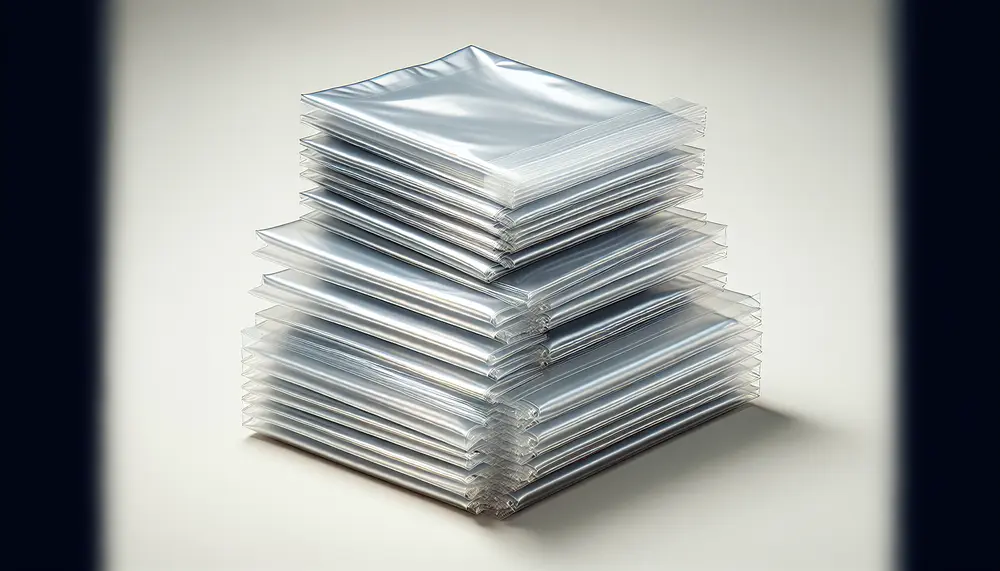
OPP bags, known for their strength and clarity, are essential in packaging for protection, presentation, and preservation of products. They offer advantages like durability, resealability, cost-effectiveness but have drawbacks such as being non-biodegradable; various types exist to suit different applications. Different...

Ensuring compliance in pharmaceutical packaging is essential for product integrity, patient safety, and regulatory approval. This article outlines key guidelines from major regulatory bodies like the FDA, EMA, ICH, WHO, and USP that govern material selection, design standards, labeling requirements,...

Effective electronic packaging is essential for protecting devices during transport and storage, impacting customer satisfaction and brand reputation. A guide to materials like plastic cushioning, thermoformed plastics, shielding bags, foams, and desiccants helps in selecting the right protection based on...
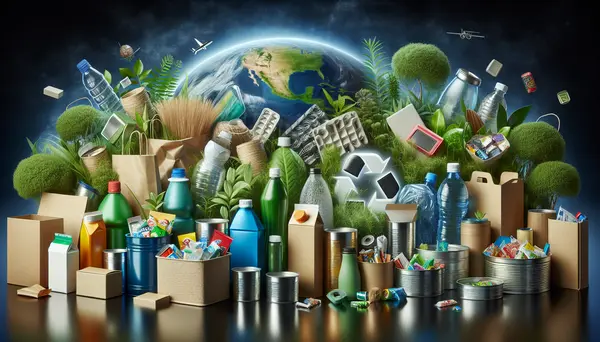
Recycling in packaging is a viable option for mitigating environmental degradation and meeting consumer demands while still fulfilling the requirements of businesses. Challenges persist, but the future looks promising with technological advancements and an increasing focus on sustainability and a...

Understanding sustainable packaging is vital for businesses to minimize environmental impact and meet consumer demands, focusing on eco-friendly materials and practices. Key concepts include life cycle assessment, recyclability, and the circular economy, which guide companies in selecting suitable materials while...

Pharmaceutical packaging and design are essential for ensuring medication safety, efficacy, and patient compliance. Effective packaging involves understanding regulatory requirements, material science, and user needs while providing protection, information, identification, convenience, and adherence to treatment plans; it must also comply...
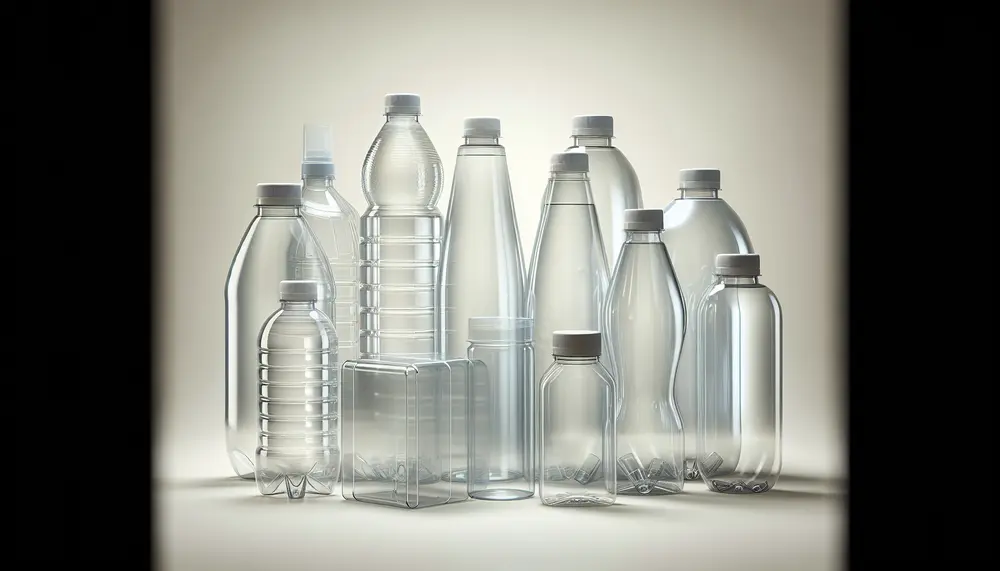
RPET packaging, made entirely from recycled plastic bottles and containers, offers a sustainable alternative with reduced carbon footprint and energy usage compared to virgin plastics. It supports continuous recycling in a closed-loop system, encouraging eco-friendly practices among consumers and industries...
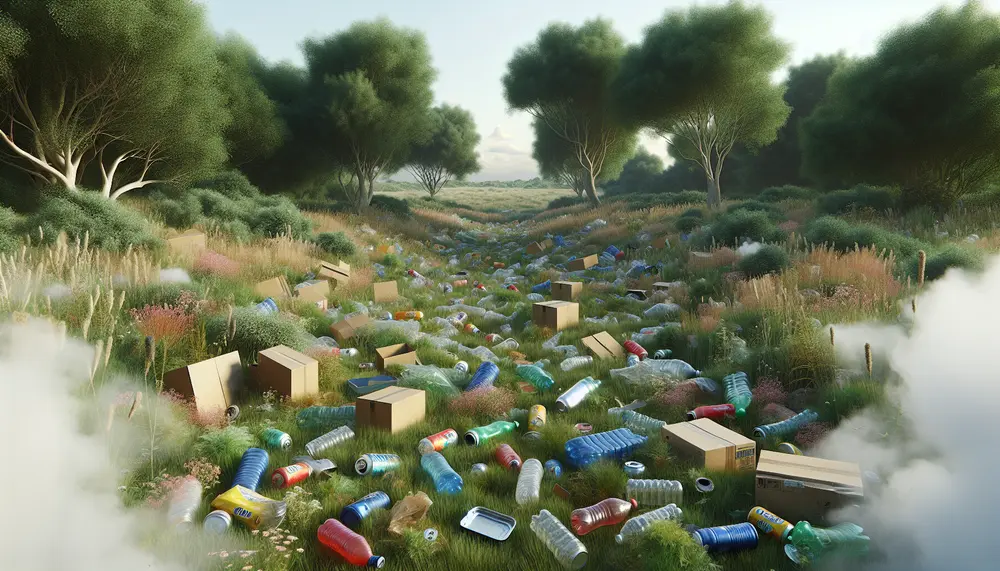
The environmental footprint of packaging is a complex issue involving the entire lifecycle from raw material extraction to disposal, with plastics contributing significantly to global warming and pollution. Strategies for reduction include resource efficiency, recycling technology advancements, renewable materials usage,...

Sustainable packaging is a comprehensive approach to minimizing environmental impact throughout the lifecycle of packaging, essential for both ecological preservation and meeting consumer demand for green products. Eco-friendly packaging has become a significant factor in purchasing decisions, with consumers willing...

High Density Polyethylene (HDPE) is a crucial material in food packaging due to its durability, chemical resistance, and ability to maintain product integrity under various conditions. It offers advantages such as cost-effectiveness, lightweight nature, customization flexibility, and significant contributions to...
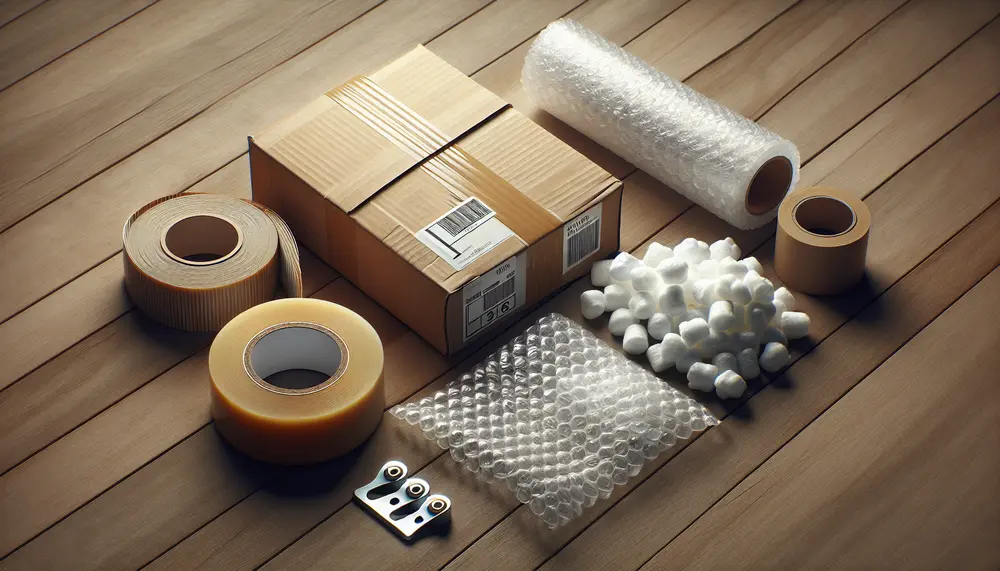
Packaging materials are essential for product protection, information dissemination, and marketing; material selection is based on factors like durability and sustainability. Plastic packaging offers versatility but faces environmental concerns, glass provides purity and recyclability, metal ensures strength and long-term preservation...

Branding and packaging are essential for product success, with branding building a meaningful relationship with consumers through various elements beyond visuals, and packaging being the first visual contact that also protects and informs about the product. Effective branding can foster...
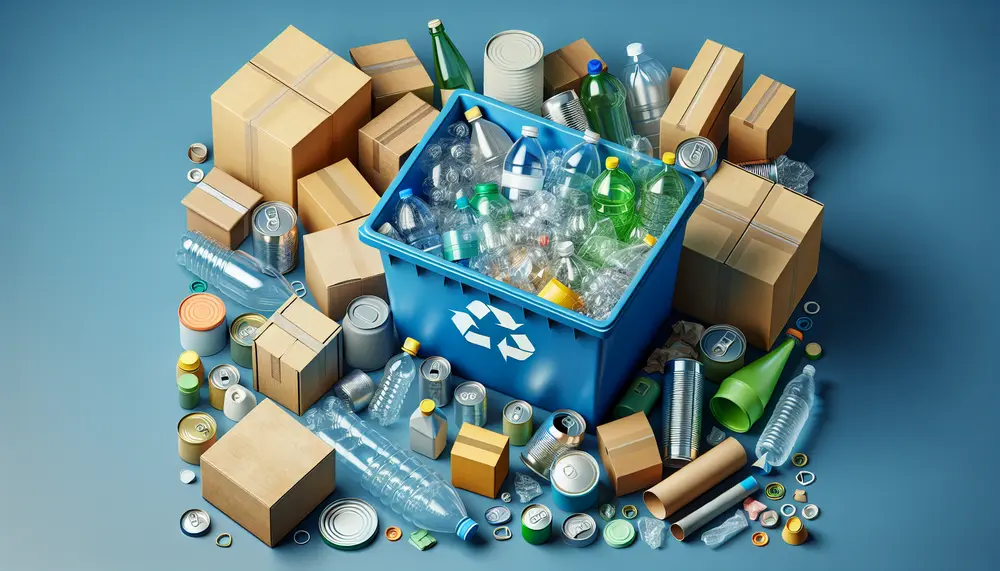
The Packaging and Packaging Waste Regulation (PPWR) aims to mitigate the environmental impact of packaging by enforcing standards for reduction, reuse, and recycling. It requires stakeholders in the packaging industry to comply with regulations that promote a circular economy and...

Food packaging materials are crucial for protecting food quality and safety, providing consumer information, and ensuring regulatory compliance. The choice of material depends on factors like the type of food, shelf life requirements, storage conditions, and environmental impact. Plastic packaging solutions...
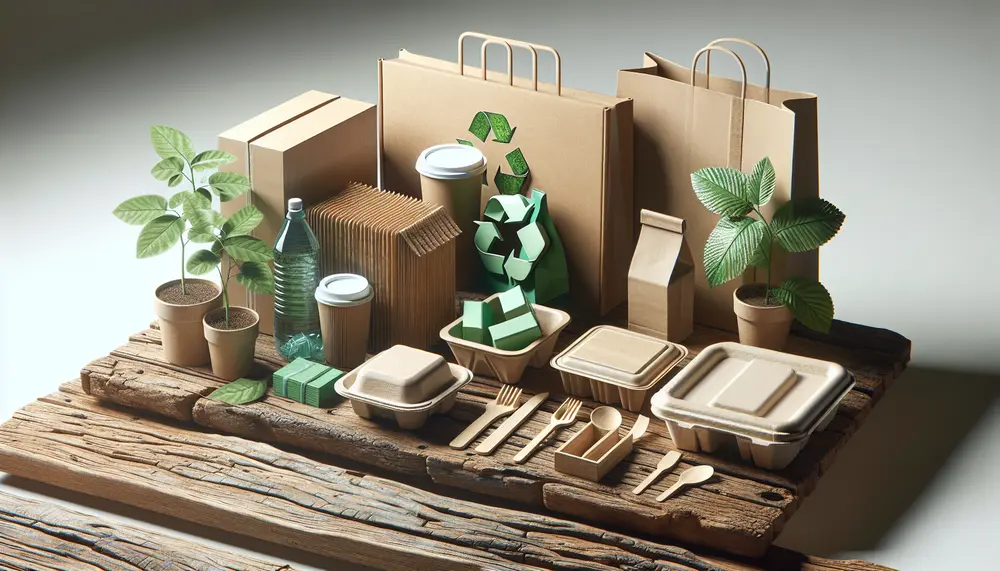
Recycled packaging is crucial for environmental conservation, reducing the need for new resources and minimizing carbon footprint through reusing materials like cardboard, paper, plastics, metals, and glass. The industry faces challenges such as material contamination and complex composites but is...
